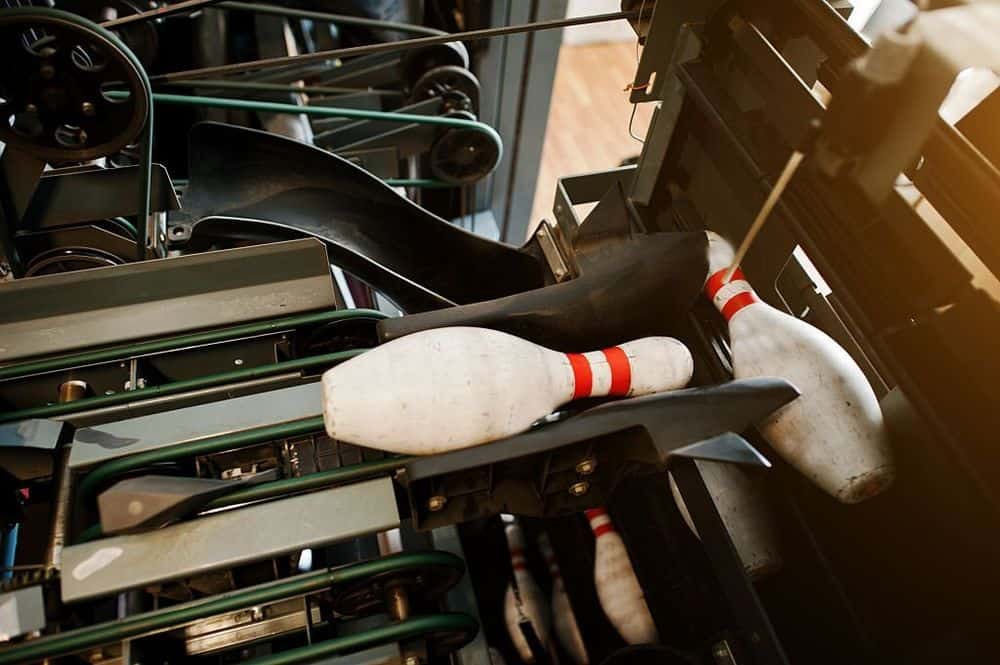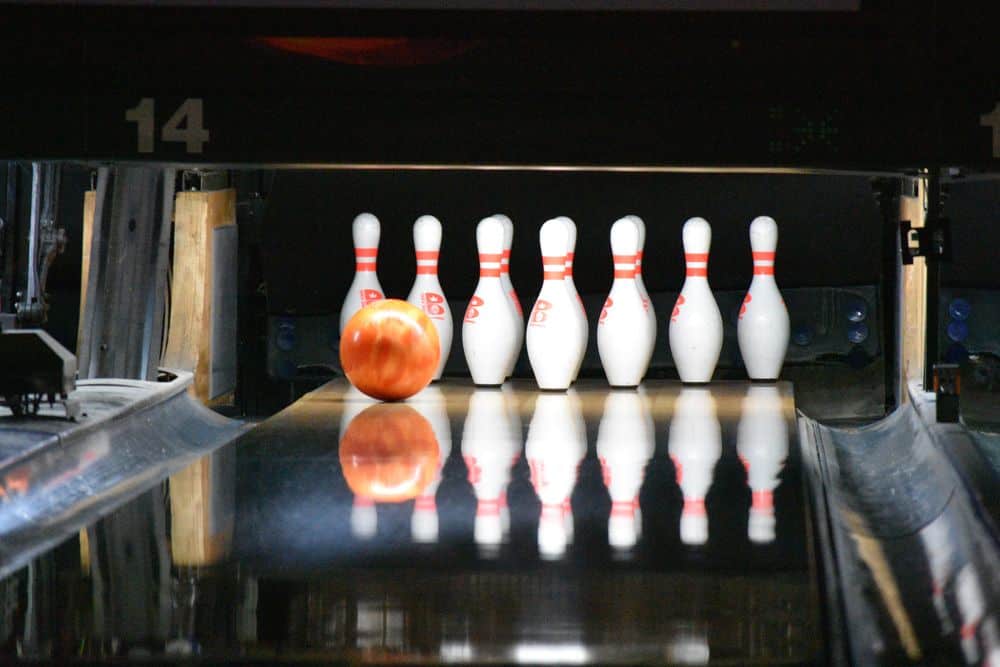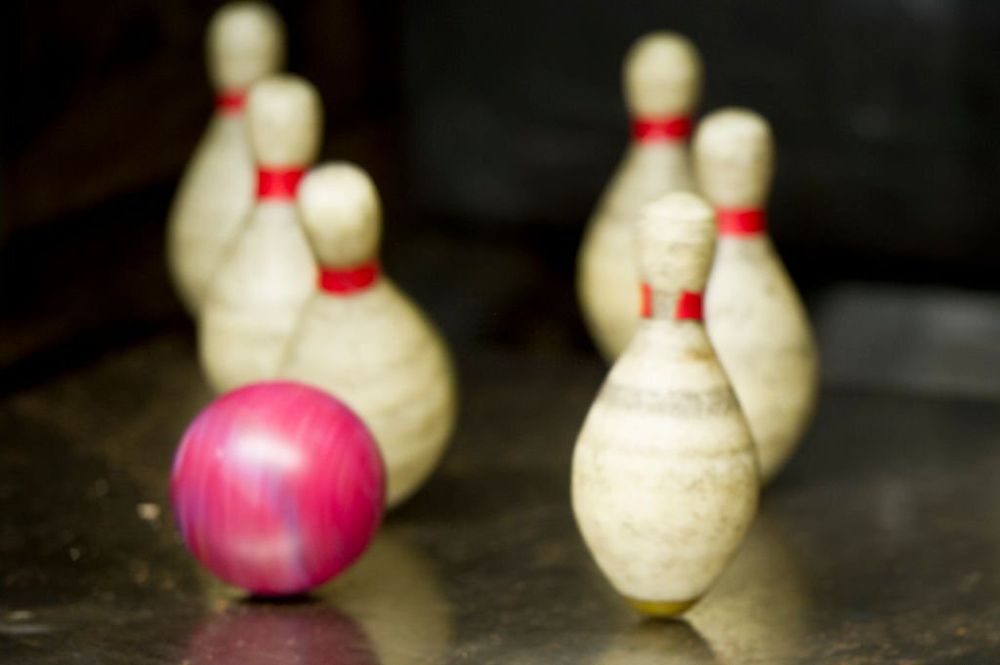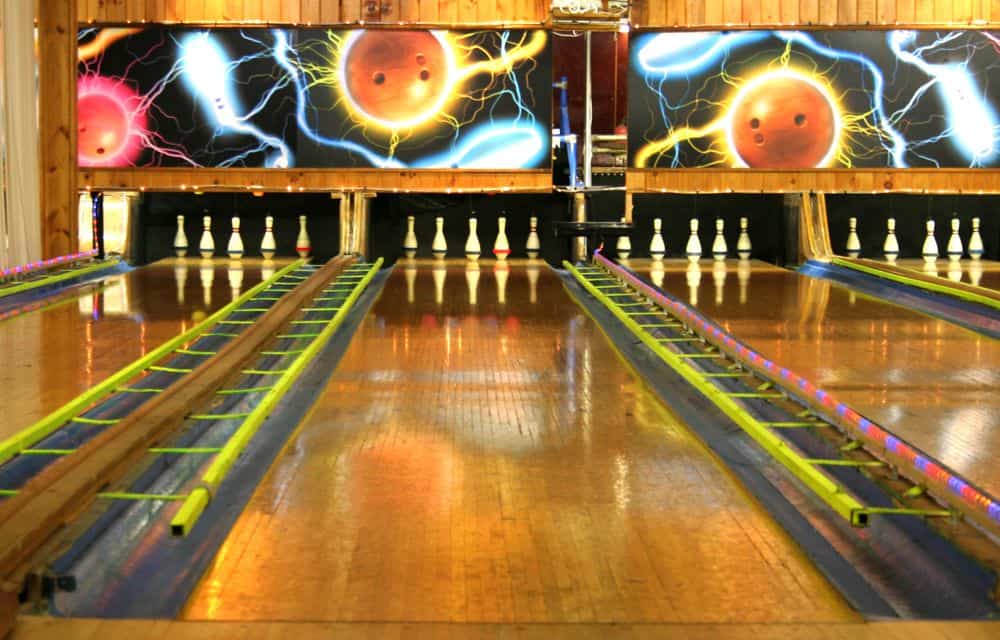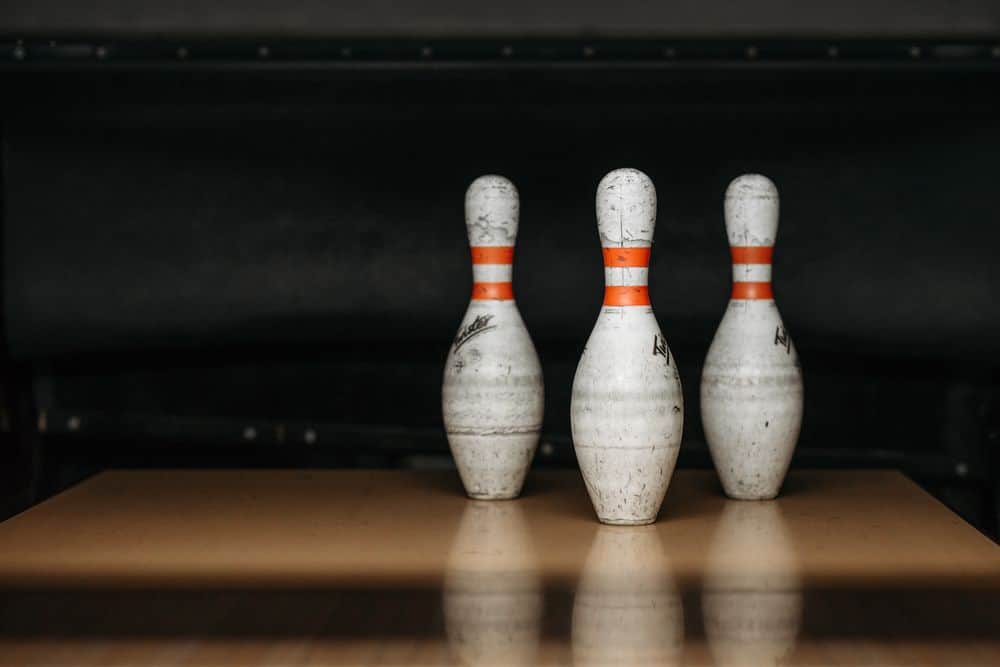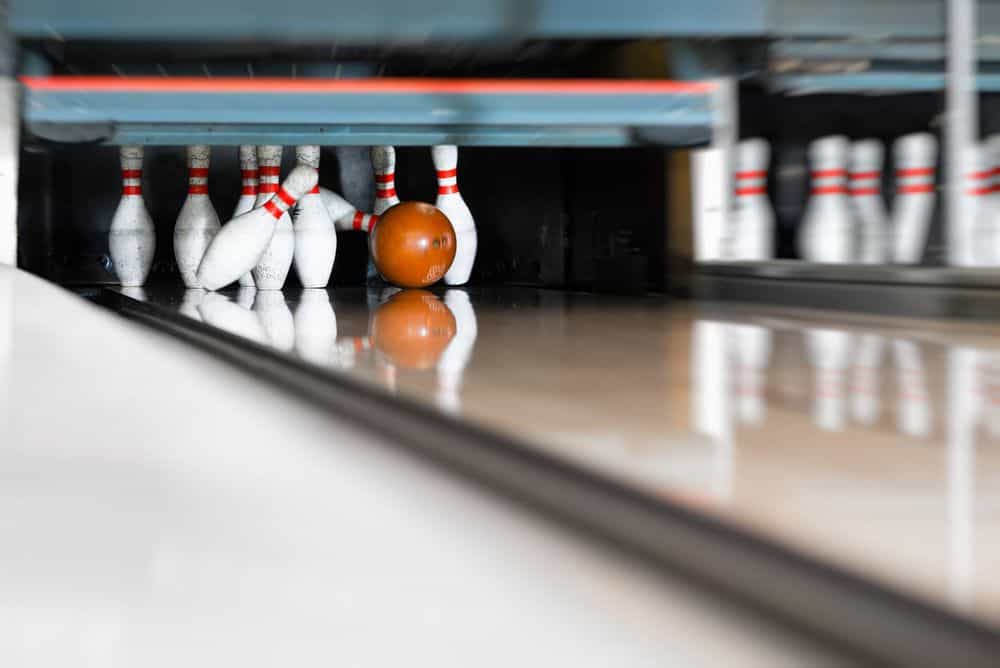Automatic pinsetters have revolutionized bowling.
They help you get back to the lanes faster, so you can spend more time having fun with your friends and family.
But how many people really understand how these machines work? How much do they weigh? What are their parts called? In this article, we answer all of these questions and more.
What is a pinsetter in bowling?
A pinsetter is a machine that automatically sets bowling pins in a bowling alley.
It’s also known as a pin-setting machine, and it weighs around 1,600 pounds.
Pinsetters have existed since the early 1900s.
They’re used to set up pins for customers at every level of bowling, from amateur leagues to professional tournaments like PBA events.
How much does a bowling pinsetter weigh?
A bowling pinsetter weighs approximately 1,600 pounds.
The most common type of pinsetter is made from stainless steel and weighs approximately 1,500-2,000 pounds.
Most models also have a hydraulic lift to raise and lower the machine so that it can be moved around easily.
Bowling pinsetters are used to automatically set up bowling pins in an alley.
They’re also known as pin-setting machines, though they aren’t just limited to setting up pins-they can do other tasks like straightening up the pins and removing them from the bowling ball when it’s thrown down the lane.
How many pins are in a pinsetter?
Pin-setting is one of the most important parts of bowling, and it can vary depending on which bowling alley you go to.
Some alleys use a manual pinsetter, which is basically just a guy who goes up to each lane and adjusts each pin individually.
Other alleys use an automatic pinsetter-and these can vary in size, but they usually have 20 pins.
The main difference between these two types of pinsetters is how quickly they can get the job done.
Manual pinsetters don’t have any moving parts, so they’re much slower than automatic ones.
Automatic ones have motors that move all of the pins at once, which means they can be more efficient and accurate when set up for bowling games.
Who invented the automatic pinsetter in bowling?
If you’ve ever wondered who invented the automatic pinsetter in bowling and when it was invented,
Brunswick is the answer to both questions.
Brunswick introduced the first automatic pinsetter in 1950.
It’s called the Kingpin and is still in production today.
The Kingpin has undergone many improvements over time, but it still uses the same basic design as the original 1950 model.
The company also introduced a second model in the 1960s called the Kingpin II.
This one was smaller and more portable, but it didn’t have as many features as the original Kingpin.
What is a string pinsetter?
A string pinsetter is a type of pinsetter that uses a string to lift the pins.
The Brunswick Corporation invented it in the late 1950s, and it was subsequently used in bowling alleys that didn’t have automatic pinsetters.
The string pinsetter worked by having a metal rod attached to the ball return. T
he pin deck was hinged so that when the ball returned, it would hit one of the hinges and pop up.
If you are wondering if the string pinsetter is still used today, the answer is yes.
A lot of bowling alleys still use them because they are less expensive than automatic pinsetters, and they don’t require as much maintenance.
Does Brunswick still make pinsetters?
Brunswick has discontinued manufacturing their own pinsetters, but they still sell them under the name Brunswick Pro.
The company also sells bowling equipment and supplies to many different countries.
They have many years of experience in the bowling industry, and they continue to innovate new products for their customers.
Conclusion
A standard bowling pinsetter weighs about 1600 pounds.
The weight comes from the heavy metal base, which is attached to a hydraulic piston that moves up and down.
The pinsetter uses this weight for stability during operation and safety when moving it around.
There are also some optional attachments available for the pinsetter, including ball cleaners and scorers.
To get a bowling pinsetter that fits your needs, it’s important to consider the weight, size, and features of the product.
The type of bowling alley you plan on using it in will also affect your decision.
In general, a standard pinsetter is a good choice for most people, but if you need something special then there are options available as well.

